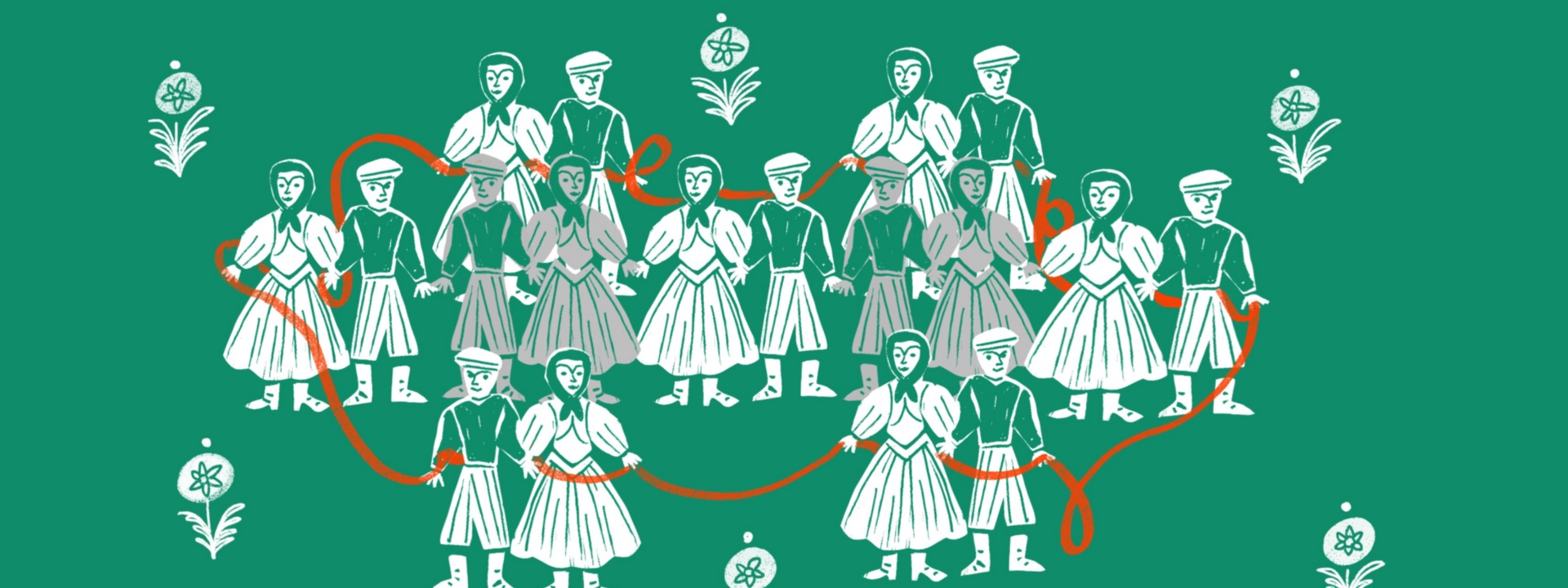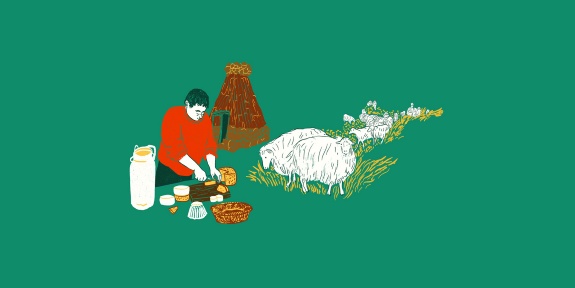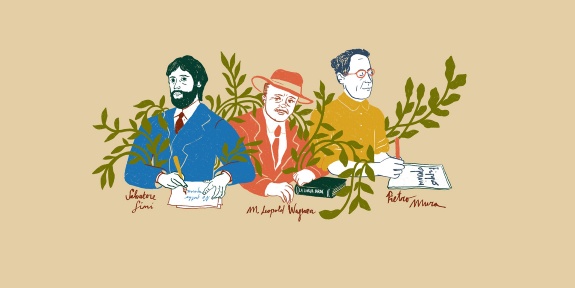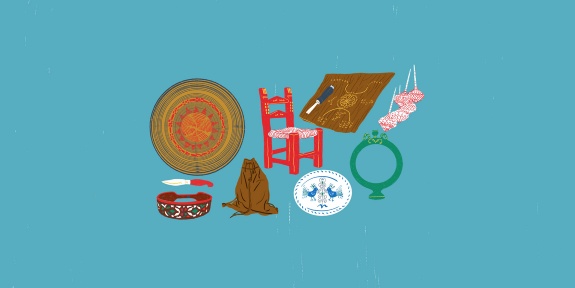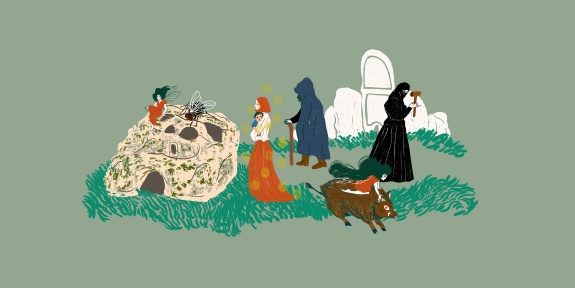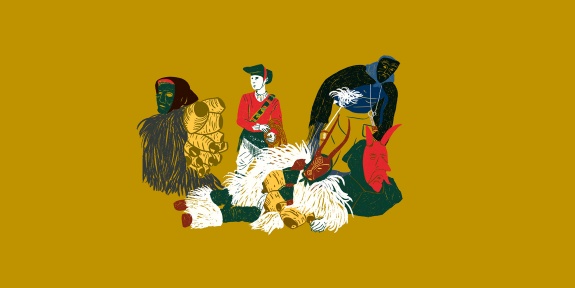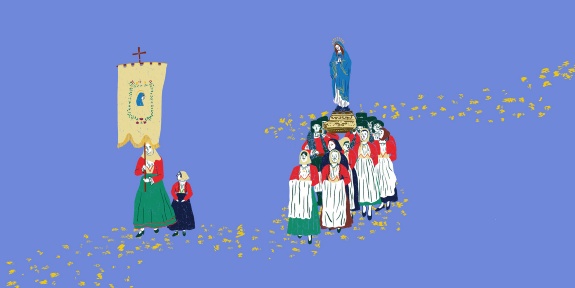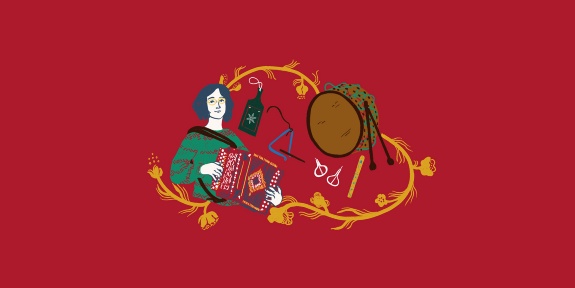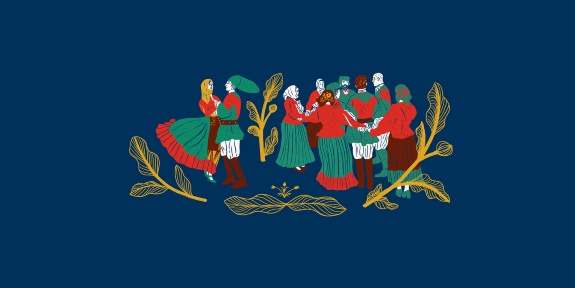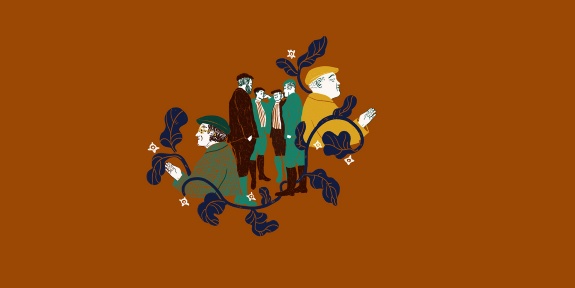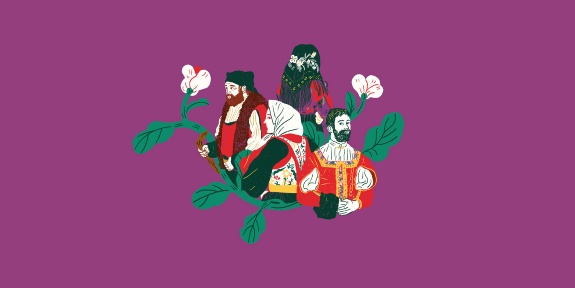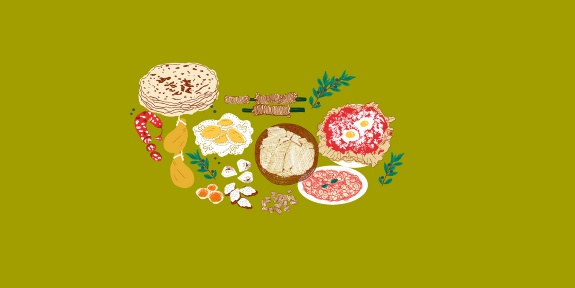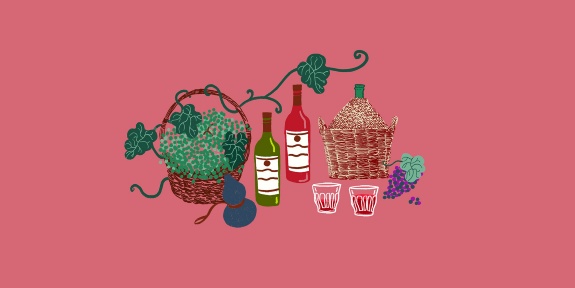Traditions
At the end of the nineteenth century, Grazia Deledda published Tradizioni popolari di Nuoro in Sardegna (Popular Traditions of Nuoro, Sardinia). More than a century later, a lot has changed, out of a need to adapt to modernity and the contemporary lifestyle. But the language, food, music, crafts and other aspects of local culture have remained, continuing to define this unique, fascinating corner of Italy. Discover it here.
 Nuorese Cultural District
Nuorese Cultural District